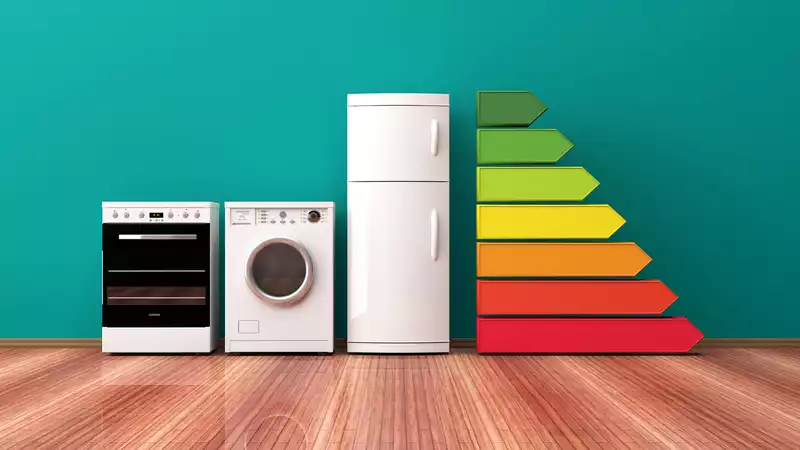We all use appliances on a daily basis. In fact, appliances have become such an integral part of our daily lives that most households nowadays have ovens, dishwashers, and washing machines. However, cooking and cleaning can add up to more energy bills than one might imagine.
In fact, we have several habits that can save us money. Here are some mistakes you may be making with each of these appliances.
1. Not leaving the oven preheating for too long It is tempting to turn on the oven as soon as you get home and go back to it when it is ready. However, this unnecessarily leaves it running, which costs energy. Instead, set a timer on your phone or keep an eye on the oven temperature and use it as soon as it is ready.
2. Use preheating There is no rule against cooking while the oven is preheating. Just pay attention to the temperature of your food and you will save time and money as a result.
3. utilize all shelves Ovens can cook more than one thing at a time, so take advantage of additional shelves. You can even cook a main dish and a dessert at the same time.
4. every time you open the door the temperature drops and the oven has to work to raise the temperature again. In other words, peeking consumes a great deal of energy, so try to peek through the glass door instead.
5. Keep your oven clean. If there are scraps of food left in the oven, you will be using some of your energy not only to heat the food, but also to heat it. Keeping it clean will also extend the life of your oven. Here is some advice on how to clean your oven.
6. Use a convection oven. This type of oven heats food faster and more efficiently than conventional ovens. They are more expensive, but cook more evenly.
1. do not leave the door open. It's easy to stare at the refrigerator when deciding what you want, but this is a really bad habit. The longer you leave the door open, the more energy the refrigerator needs to cool to the right temperature. Deciding what you want in advance or labeling and organizing the items inside will make everything easier to see.
2. Clean the condenser coils. These can be found on the back of your refrigerator and over time will build up with dust and debris. This puts pressure on the refrigerator which in turn needs to work harder to perform. It is important to check and clean the condenser coils regularly with a vacuum cleaner, not only because of the energy costs, but also because your refrigerator could break down.
3. Refrigerators should be operated at 40 degrees Fahrenheit or even lower. Anything lower than that wastes energy, and anything higher than that will cause food to spoil. Check the built-in thermometer or purchase one like this waterproof refrigerator thermometer. Adjust the temperature as needed.
4. Keep it organized. An overstuffed refrigerator will have trouble circulating air. Replace the food inside regularly and discard expired or unknown items.
1. Utilize the Eco setting. This setting means it will take longer to wash dishes than other settings, but it uses less water and electricity, so take advantage of it if you have the time. Note that this setting is not suitable for heavily soiled pots and pans.
2. Do not pre-wash dishes. Some people take it for granted that they rinse their dishes before putting them in the dishwasher. This is unnecessary and just wastes time and water. The same result can be achieved in the dishwasher.
3. Use the dishwasher only half full, as this wastes dishwasher capacity. Instead, let it accumulate until it is full. Once full, make sure that the dishes are not touching each other and that there is room for water to flow between the dishes. Make sure the spray arm directly below the upper rack is not blocked.
1. Use the quick wash setting. The Quick Wash setting is useful for laundry that is in a hurry or lightly soiled. It requires less water, energy, and time than the standard setting, so it's a win-win situation. Here is when you should and should not use the Quick Wash setting on your washing machine.
2. Use a lower temperature setting. The higher the temperature of the washing machine, the more energy it consumes. Unless your laundry is heavily soiled or needs to be sanitized, lower the temperature to save money. If appropriate, cold washing can be used.
3. Like dishwashers, washing machines should ideally be run at full capacity. Running at half capacity usually uses twice as much water and electricity, so wait until the drum is full before running it.
.









Comments